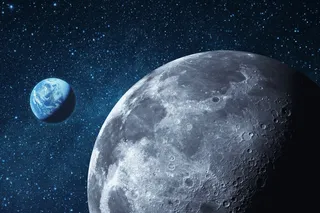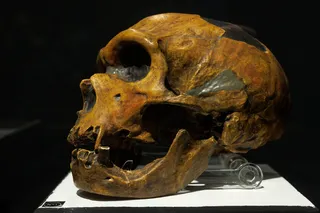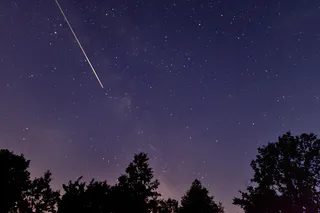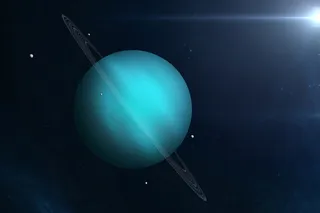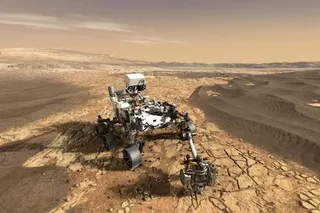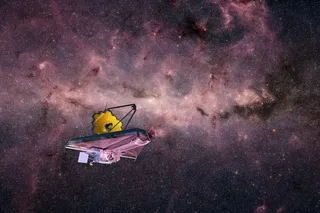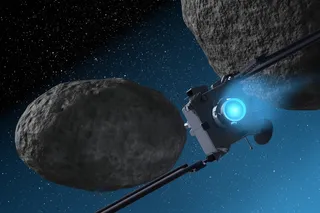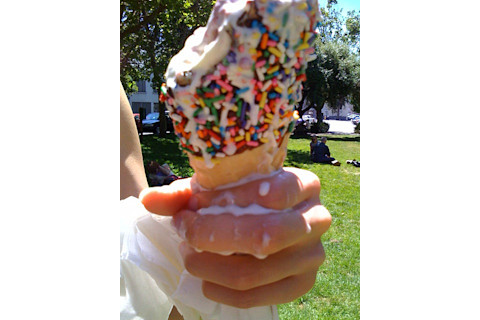
Ice cream structural elements that affect melting rate and hardness. "Statistical models were developed to reveal which structural elements of ice cream affect melting rate and hardness. Ice creams were frozen in a batch freezer with three types of sweetener, three levels of the emulsifier polysorbate 80, and two different draw temperatures to produce ice creams with a range of microstructures. Ice cream mixes were analyzed for viscosity, and finished ice creams were analyzed for air cell and ice crystal size, overrun, and fat destabilization. The ice phase volume of each ice cream were calculated based on the freezing point of the mix. Melting rate and hardness of each hardened ice cream was measured and correlated with the structural attributes by using analysis of variance and multiple linear regression. Fat destabilization, ice crystal size, and the consistency coefficient of the mix were found to affect the melting rate of ice cream, whereas hardness was influenced by ice phase volume, ice crystal size, overrun, fat destabilization, and the rheological properties of the mix."
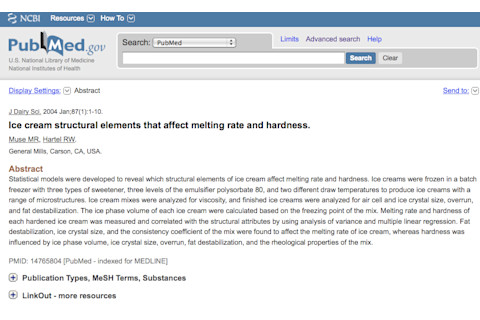
Photo: flickr/miss karen
Related content: Discoblog: NCBI ROFL: I scream! You scream! We all scream…from ice-cream headaches. Discoblog: NCBI ROFL: Science proves women do have better taste. Discoblog: NCBI ROFL: Just in time for the snowpocalypse: a scientific analysis of snow shoveling! WTF is NCBI ROFL? Read our FAQ!


